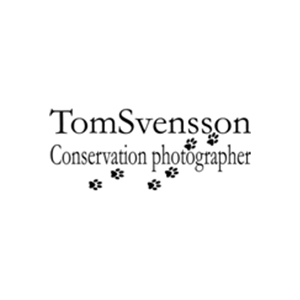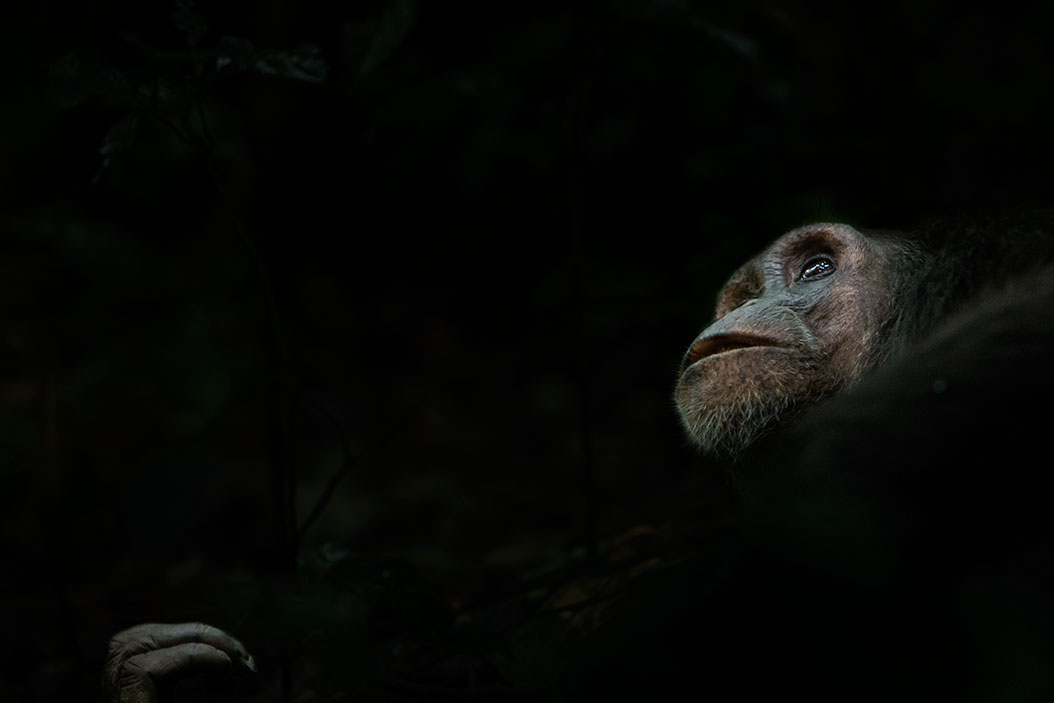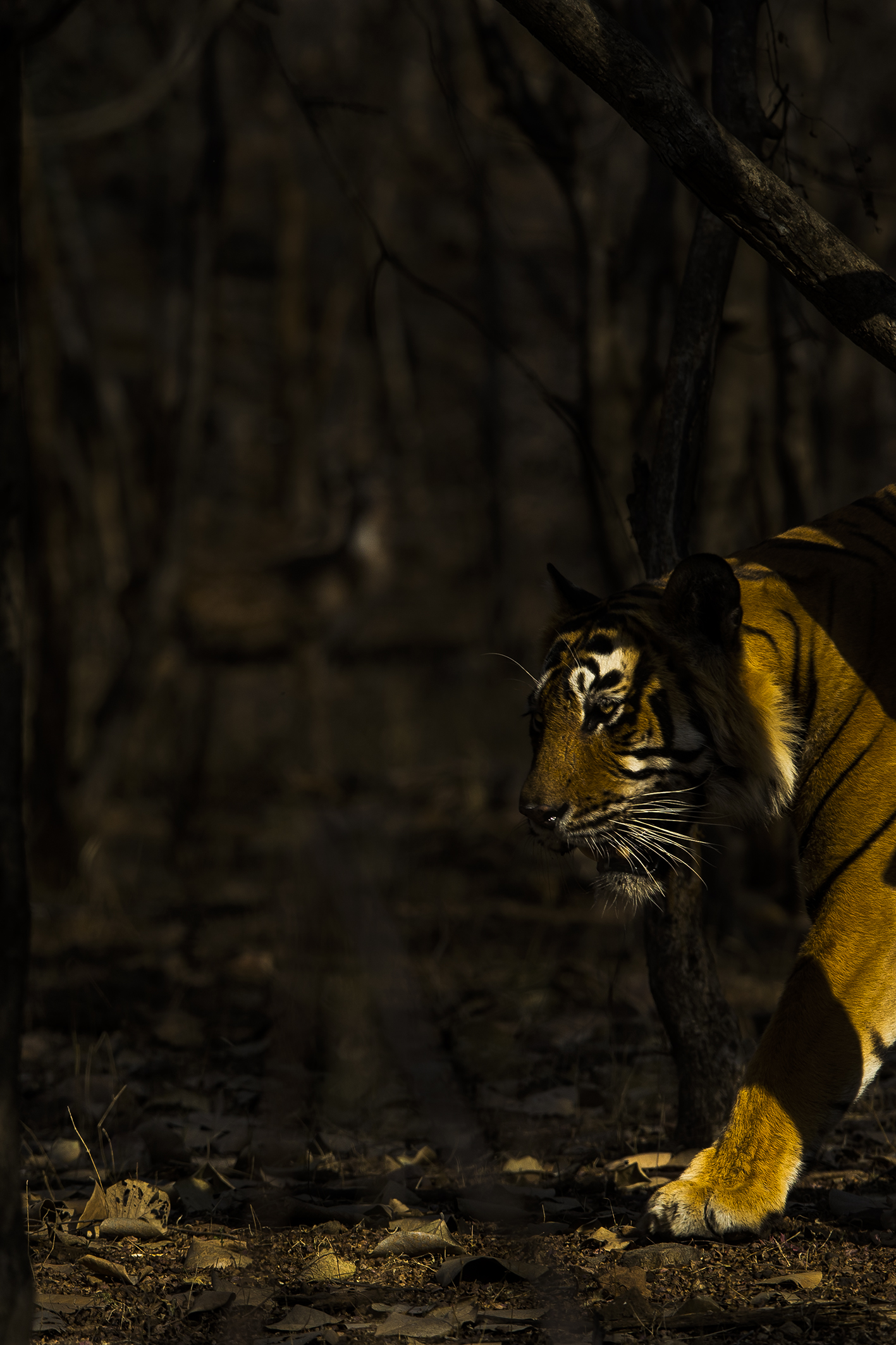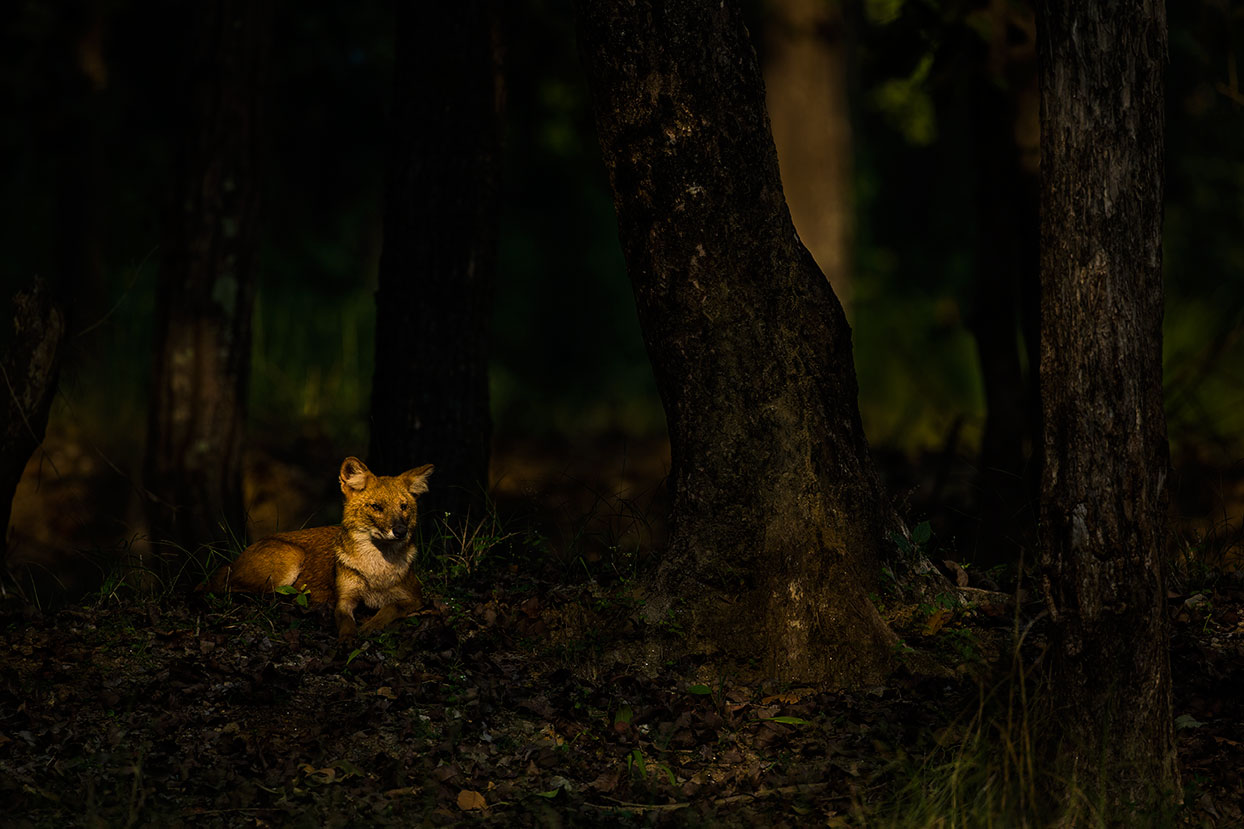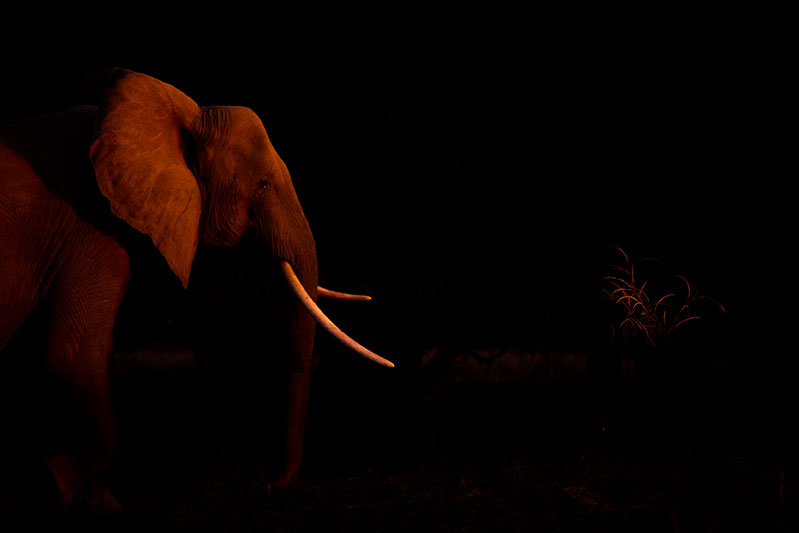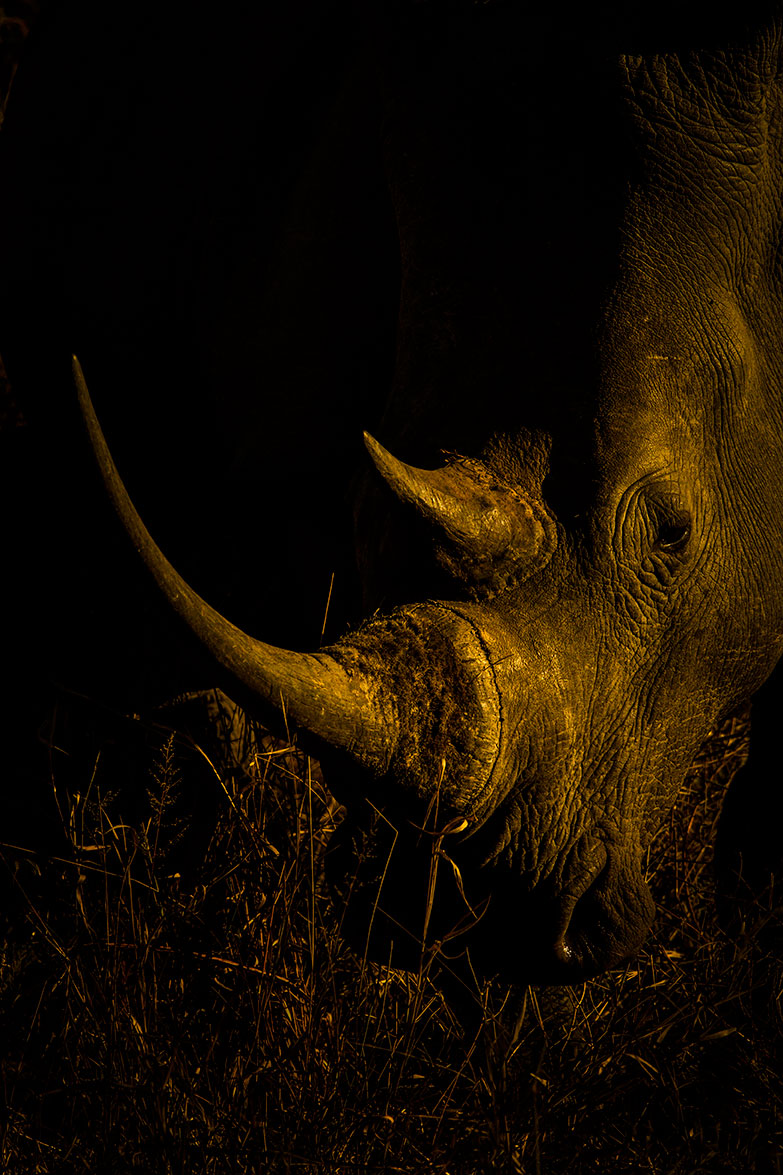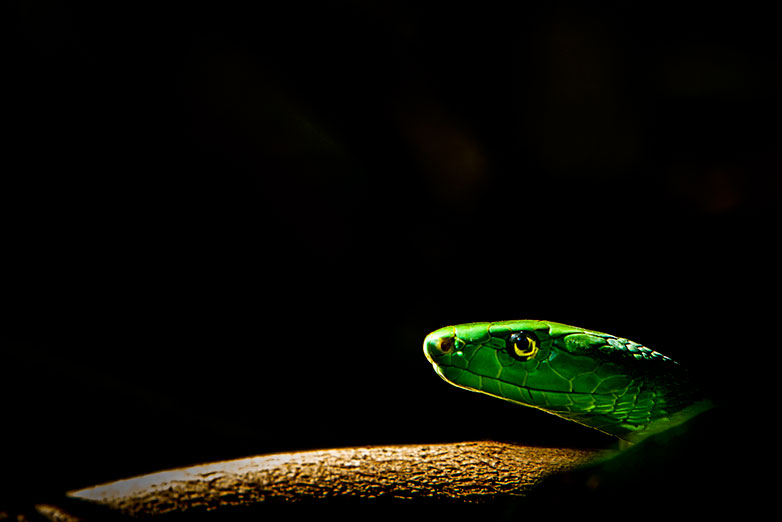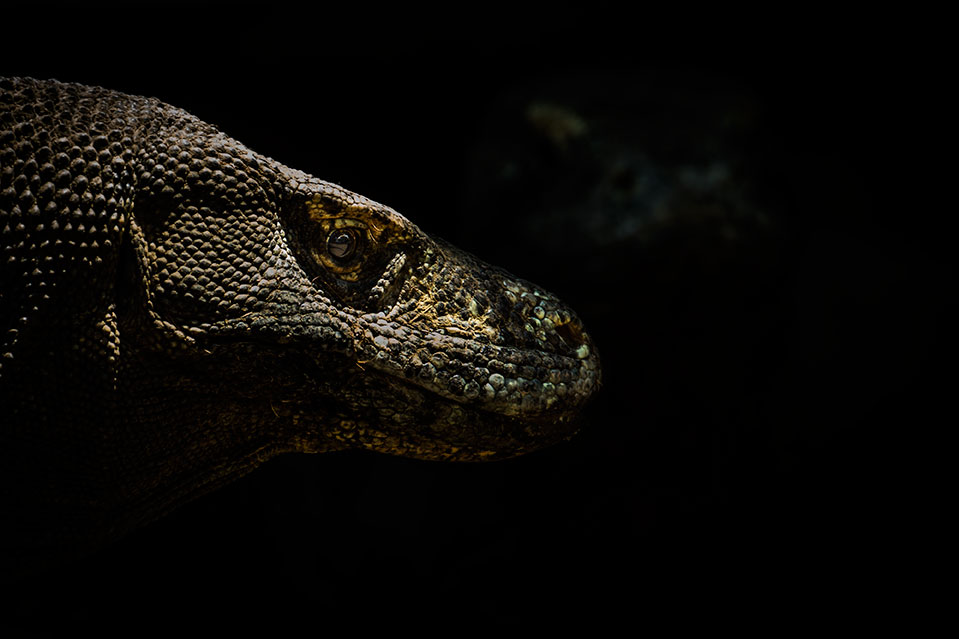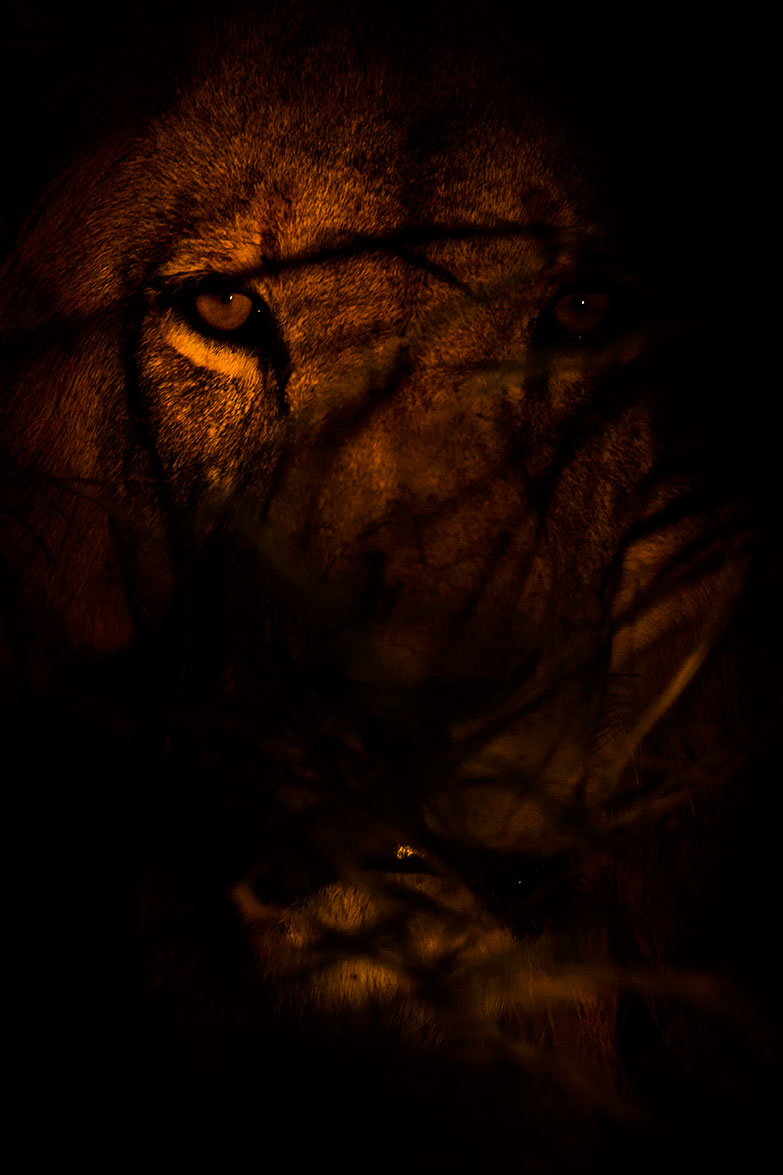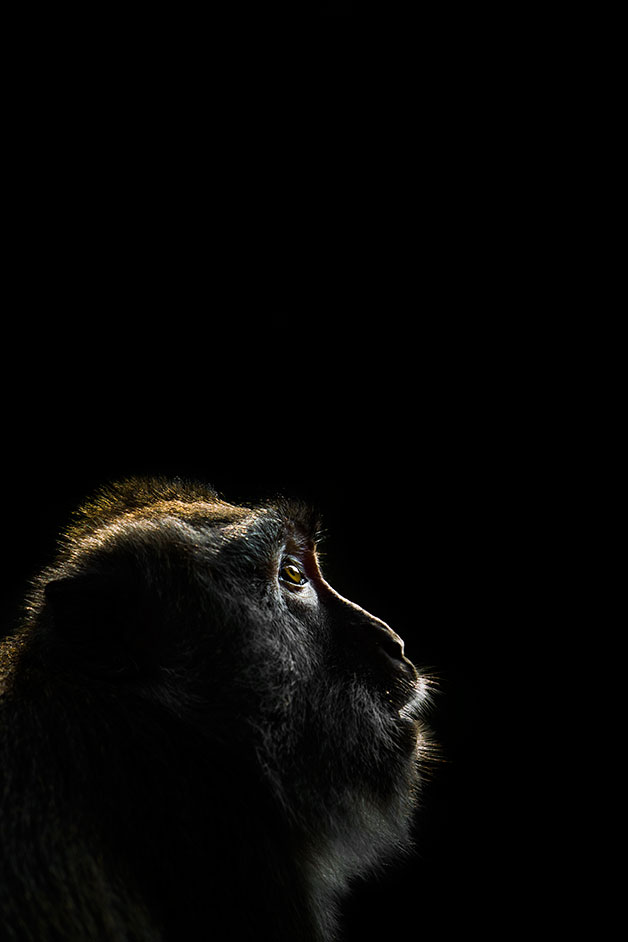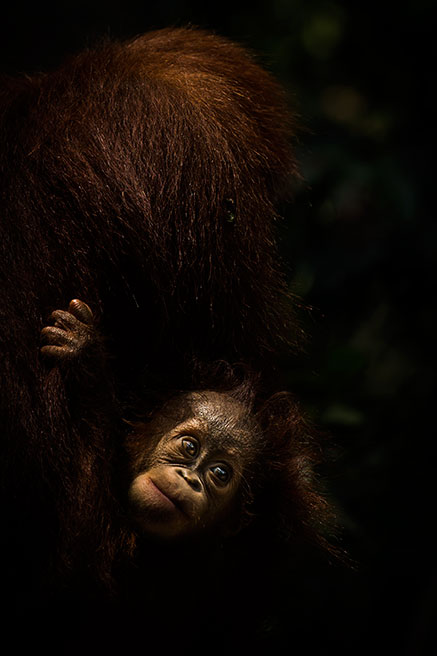A photo exhibition that brings light into the dark
In only 40 years the number of wild animals on our planet have decreased by 58%.
The poaching and illegal trade is a global problem and a big business, run by international criminal networks. Ranked after the trade in drugs and humans, the illegal wildlife trade is estimated to be worth at least 19 billion USD every year.
To help shred light on this problem Hotel Diplomat in Stockholm presents “Light in the Dark” – a thoughtful exhibition of captivating photographs by well known swedish Conservation Photographer Tom Svensson. The exhibition features some of our planets most threatened species through illuminated plexiglass installations which symbolizes that there is light in the dark – that these species can be saved if only humans start making a difference.
The exhibition “Light in the Dark” is on from November 24 until January 29, and can be seen on Hotel Diplomat Strandvägen 7C. We are happy and proud to inform that all profit from the sales of the photographs will be donated to Wildhood Foundations work to fight poaching and illegal trade in wild animals.
The purpose of Tom’s work and his photography is to educate and inspire people into making a difference. The power photography is strong and Tom is considered to be one of the best within his field.


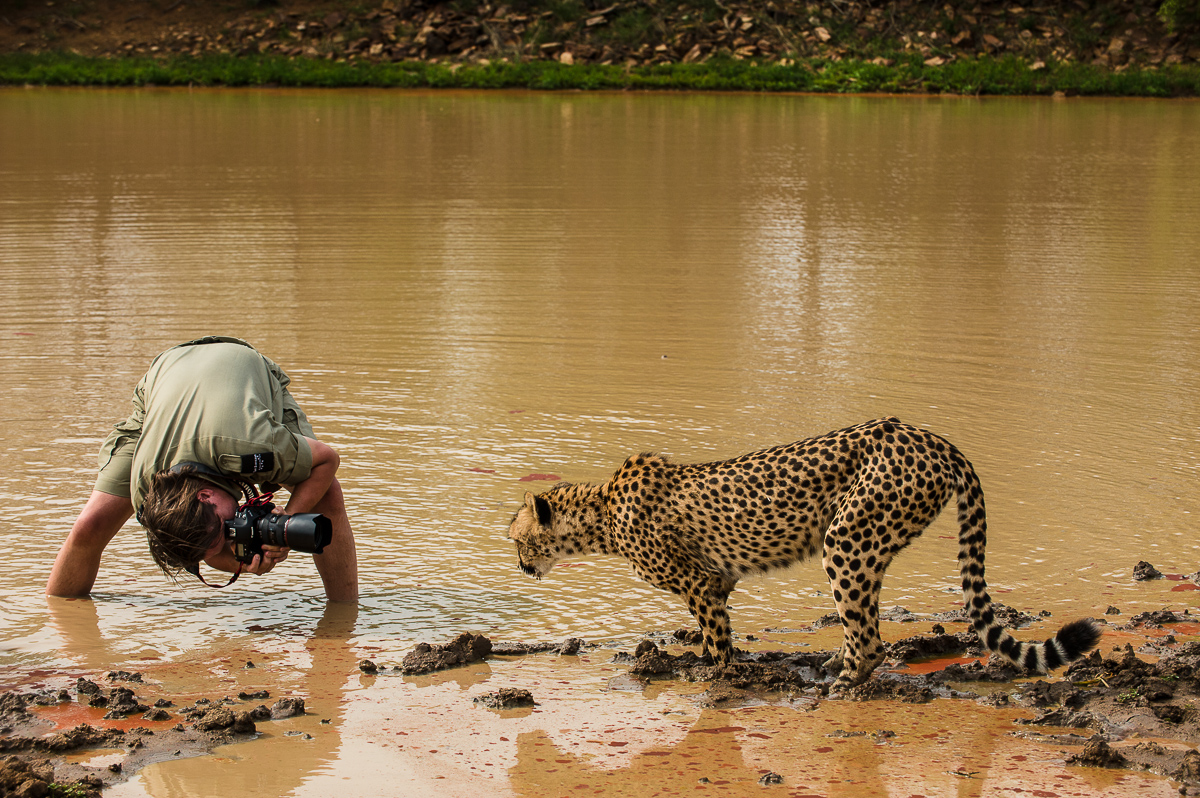

Tom Svensson – Conservation Photographer
Age: 51
Lives: Fjällbacka, Sweden
Occupation: Conservation Photographer
Now exhibiting “Light in the dark” at Hotel Diplomat in Stockholm, on from November 25. His new book Vid Vägs Ände (produced together with zoologist Ola Jennersten) have been awarded Book of the year 2017 by WWF. The book tells the story of the important work to save our world’s remaining elephants, rhinos and tigers.
Why did you become a Conservation Photographer?
– Being a Conservation Photographer is a way for me to reach out with my interest in conservation. When I first realized how serious the situation is for the species at our planet, photography was a way for me to start telling the story about what is happening to our wild animals. I started experimenting and somehow managed to touch people with my photographs, and that was when I knew this was what I was meant to be doing.
What does it mean being a Canon Explorer ambassador?
– Being one of two Swedish photographers in Canon’s Explorer Ambassador program is a great honor. It basically means that I am able to use Canon’s channels to reach out with my message , which is of course of great value.
You have photographed and met with some of our planets most iconic species, how does it feel to stand eye to eye with a rhino?
– When I met the last male out of very three remaining individuals of the subspecies Northern White Rhino in Kenya last year (2015) the feeling of extinction was overwhelming. When you realize that these few animals are the very last 3 of their species, and that your children or grandchildren will not be able to see these animals because your generation let them go extinct, it makes you feel really bad. It is actually a surrealistic experience.
Why are these species threatened?
– The two main reasons for many species being threatened and pushed towards extinction are habitat destruction and poaching & illegal trade. Habitat destruction is mainly caused by deforestation to make room for growing industries and extended plantations, where the production of palm oil in Indonesia’s former rain forests is a good but equally sad example. Poaching and illegal trade is one of our world’s largest criminal businesses today, worth billions of dollars each year. The have during the last decade been fueled by a raising demand in Asia where parts of wild animals are regarded as a status symbol and also believed to have medical impacts.
Why is this issue important?
– In short words, if our nature is extinct, so are we. Us humans need to understand that we are a part of this planet and start to act in that way, we do not own it and we can not consume it to the very last. The wild animals that have been on this planet for millions of years is an important part of our ecosystem and the biodiversity. In just 40 years 58% of the animals on our planet have been extinct, so we need to act now before it’s too late.
How can people get involved to make a difference?
– The easiest way to get involved is to support organizations like Wildhood Foundation, where your support no matter how big or small it is will really make a difference. Also you can help by spreading the word about what is happening to our threatened species – we need to unite the fight to make a difference and it is up to our generation to make a difference! When grocery shopping, be aware and take time to look up the ingredients to make sure to never buy any products containing palm oil, even though it’s CSPO-certified. The production of palm oil, the cheapest vegetable oil in the food industry today, it one of our planet’s biggest environmental problems.
How does the future look for the remaining species on our planet?
– I’m still optimistic about the future, otherwise I wouldn’t continue the fight. I strongly believe that if we unite in making a difference, there is hope for future generation to experience all the amazing environments and species that we have grown up with.
Light in the Dark – all 15 photographs
The exhibition is on display at Hotel Diplomat Strandvägen 7C Stockholm from November 25 – January 29
All sales from the photographs will be donated to Wildhood Foundation
ELEPHANT
The Elephant is one of Africa’s most iconic species, and also one of the by poaching most threatened. In the illegal poaching for trade in ivory, one elephant is killed every 15 minutes. Last year Africa lost 35 000 of its elephants and today about 352 000 remains. If we don’t stop the poaching now the elephant can be extinct in the wild within 10 years from now. This photograph was taken by Tom Svensson in Zimbabwe 2015.
Illuminated plexi photograph, 65 x 98 cm
Chimpanzee
The Chimpanzee is one of the great apes closest relaed to us humans, it shares nearly 99% of it’s DNA with us. Chimpanzees live in groups of 4 up to 150 individuals and can be found in west and central Africa. The main threat to Chimpanzees is the deforestation and the hunt for bushmeat. While the older chimps get killed for their meat, considered to be a luxury delicacy, the babies are also often captured to be illegally smuggled and sold as pets. 50 years ago there were millions of chimpanzees in Africas forests, today only 100.000-200.000 individuals remain. This photograph was taken by Tom Svensson in Uganda 2012.
Illuminated plexi photograph, 98 x 65 cm
Tiger
The tiger is the largest animal of the big cats. It lives in southern Asia; mainly in Thailand, India and Indonesia, and there are only about 3900 individuals left. 3 out of originally 9 subspecies are declared extinct. The main threat to the tiger is habitat destruction and poaching. This photograph was taken by Tom Svensson in India 2013.
Illuminated plexi photograph, 65 x 98 cm
DHOL
Dholes (Asiatic Wild dog) live in packs of up to 40 individuals. They are very succesful hunters with about 80 % success when hunting for food. The Dhol lives in south of Asia and are threathed by habitat destruction and poaching. This photograph was taken by Tom Svensson in India in 2014.
Illuminated plexi photograph, 98 x 65 cm
Spirit Bear
The Spirit bear is one of two remaining species of white bear. They live on the west coast of Canada and there are only a couple of hundred of them left in the wild. The main threat to the spirit bear is habitat destruction. This photograph was taken by Tom Svensson in Canada 2013.
Illuminated plexi photograph, 65 x 98 cm
ELEPHANT
The Elephant is one of Africa’s most iconic species, and also one of the by poaching most threatened. In the illegal poaching for ivory one elephant is killed every 15 minutes. Last year Africa lost 35 000 of its elepahants and today about 352 000 remains. If we don’t stop the poaching now the elephant can be extinct in the wild within 10 years. This photograph was taken by Tom Svensson in Zimbabwe in 2015.
Illuminated plexi photograph, 98 x 65 cm
The white rhinoceros
The white rhino is the poachers most desirable target with one rhino killed for its horn every 8th hour. The trade in rhino horn in Asia have been fueled due to false beliefs that it has medical impacs that can cure a number of diseases, amongst them cancer and malaria. Rhino horn is one of the world’s
most exclusive materials today worth over 100.000 USD per kilogram on the black market. Today about 20.000 white rhinos remain in the wild. This photograph was taken by Tom Svensson in
South Africa in 2009.
Illuminated plexi photograph, 65 x 98 cm
GREEN MAMBA
The Green Mamba is one of the speciec on eath most feared by humans, which is the main reason for it being hunted and killed. The Green Mamba is ectothermic which means its regulation of body temperature depends on external sources, and it can be found in southern parts of Africa. They are importent both for the ecosystem and for us humans as they help keeping the population of rodants down. This photograph was taken by Tom Svensson in South Africa in 2011.
Illuminated plexi photograph, 98 x 65 cm
Zebra
The Grevyzebra which is being characterized by its beautiful ears and unusual patterned stripes is the most threatened among the subspecies of Zebra. The Grevyzebra can be found in East Africa and is mainly threatened by habitat destruction. Today only 2000 animals remain in the wild. This photograph was taken by Tom Svensson in Zimbabwe in 2014.
Illuminated plexi photograph, 65 x 98 cm
Komodo Dragon
The Komodo Dragon is, with its length that can reach 3,5 meters, our earth’s largest lizard. The Komodo Varan is deadly poisoned and can only e found on a few small islands in Indonesia where it is estimated to be about 4000 individuals left. They live in protected areas and national parks so are not considered to have any actual threat. This photograph was taken by Tom Svensson in Komodo, Indonesia, in 2015.
Illuminated plexi photograph, 98 x 65 cm
LION
The lion lives on the African savannah but there is also a small population of wild lions in India. The total population have decreased with over 50 % during the last 30 years, and their main threat is poaching and habitat destruction. This photograph was taken by Tom Svensson in South Africa in 2012.
Illuminated plexi photograph, 65 x 98 cm
Macaque
The Macaque is one of the smaller apes which can be found in Asia. Almost 50 % of all monkey species are threatened, both because of the trade in bushmeat and trade in live pets, for private use and for entertainment. A monkey that performs have most likely been trained with torture like methods. That is one argument for never contributing to entertainment that includes exotic animals. This photograph was taken by Tom Svensson in Indonesia in 2015.
Illuminated plexi photograph, 65 x 98 cm
Mountain gorilla
Gorillas, the largest of the primats and often referred to as ”gentle giants”, can be found in areas of both lowlands and mountains in the north eastern parts of Africa. The Gorilla shares, just like other great apes, a big part of its DNA with us humans. The Mountain Gorilla, which is the most endangered of the subspecies, is mainly threatened by habitat destruction and poaching. This photograph was taken by Tom Svensson in Uganda in 2012.
Illuminated plexi photograph, 98 x 65 cm
White Lion
The White Lions are very rare and can only be found in the area of Timbavati in Kruger National Park, South Africa. Lions are herd animals and the main threat to their species is poaching and habitat destruction Today only about 15000 lions remains in the wild.
This photograph was taken by Tom Svensson in South Africa in 2009.
Illuminated plexi photograph, 65 x 98 cm
Orangutan
The Orangutan belongs, just like gorillas and chimpanzees, to the family of Great Apes and they can be found in Indonesia on Borneo and Sumatra. The orangutan is critical endangered with a population that loses about 5000 individuals every year. The main threat is the deforestation where the orangutans habitat is often burned to make space for palm oil plantations. During 2015 as much as 2 million hectare of rain forest was burned in just 3 months and according to UNEP (United Nations Environment Programme) as much as 98 % of the original forest in Indonesia can be gone in 2020. This photograph was taken by Tom Svensson in Borneo in 2015.
Illuminated plexi photograph, 65 x 98 cm
A special thanks to


